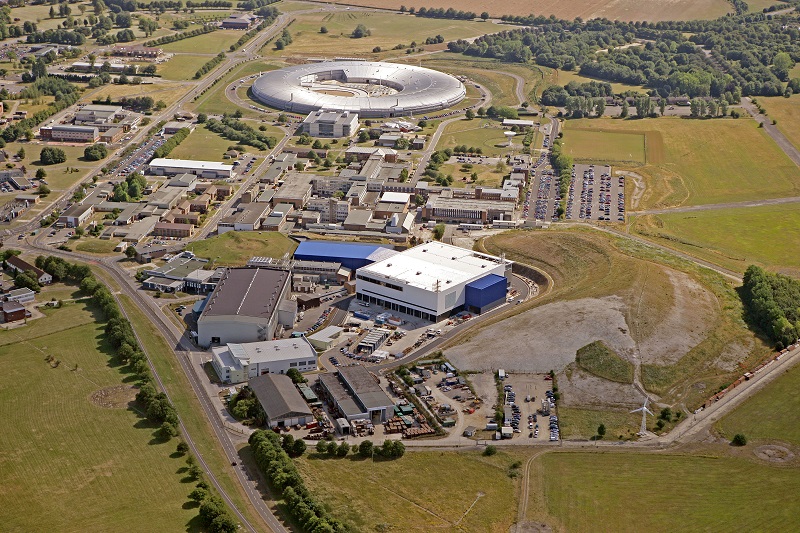The anticipated cost reduction of battery cells has been slower to materialize than many in the storage and solar industries would have liked, but a new financing initiative by the U.K. government could help to expedite the price falls deemed necessary if stationary storage is to become an affordable commodity for homeowners, businesses and investors.
As part of the country’s £246 million ($321 million) battery investment strategy, the U.K. government’s business and energy secretary Greg Clark has this week announced the launch of the Faraday Institution, which will oversee £65 million in investment into energy storage research over the next four years.
The Faraday Institution will be based in Oxfordshire at the Harwell Science and Innovation Campus – the home of a handful of national research facilities including ISIS Neutron and Muon Facility, Diamond Light Source and the Central Laser Facility.
Establishments set to receive funding from the Institution include seven university partners – Cambridge, University College London, Imperial, Newcastle, Oxford, Southampton and Warwick – and the funds will help to facilitate closer R&D collaboration between these higher education establishments and leading battery researchers working across academia.
WMG researchers based at the University of Warwick will hope to play a pivotal role in this new phase of storage research. The team has already worked on the U.K.’s National Battery Scale-Up Facility and alongside leading engineers in the electrochemical and cell manufacturing space.
“I am delighted that the government has announced plans for the Faraday Institution that will further establish the U.K. as a leader in energy and battery R&D,” said WMG chairman Lord Bhattacharyya. “Not only will this support the [government’s] Industrial Strategy, it will lead the change in this industry sector.”
Popular content
Pam Thomas, founding board member of the Faraday Institution, added that the funding is a “step change in energy storage research” in the U.K. that will prove crucial for the country’s transportation infrastructure.
Over the next four years the £65 million will be steered into the creation of a series of research projects carried out in academia under the direction of the institution. The initial four projects that the Faraday Institution will support include mitigating degradation processes to extend battery life; designing better battery systems through multi-scale modelling; inventing methods to achieve longer discharge to enhance the range of EVs, and ensuring that the industry is a sustainable one through recycling and second life usage.
To enable this, the Faraday Institution will build a training program that will provide upskilling across the battery technology space, from PhD training to commercially focused development of products, as well as apprenticeships and entrepreneurial guidance.
The Faraday Institution is to form the backbone of the government’s storage strategy, which was launched in the summer amid not a little fanfare. The Renewable Energy Agency (REA) has welcomed the program, urging the government to “take the handbrake off” its aims to lead the world in battery technology and storage research. “The government needs to remember that the success of batteries, renewables and smart technologies are all interlinked,” said the REA’s head of policy and external affairs, James Court.
Recently, British renewable energy developer Anesco has commissioned the country’s first large-scale, subsidy-free solar farm by collocating a 10 MW PV plant with a 6 MW battery. Such installations – combining solar+storage either from the get-go or as a refit program – would appear to hold the key to expanding the country’s storage network and also supporting the ongoing development of the large-scale solar sector.
This content is protected by copyright and may not be reused. If you want to cooperate with us and would like to reuse some of our content, please contact: editors@pv-magazine.com.


1 comment
By submitting this form you agree to pv magazine using your data for the purposes of publishing your comment.
Your personal data will only be disclosed or otherwise transmitted to third parties for the purposes of spam filtering or if this is necessary for technical maintenance of the website. Any other transfer to third parties will not take place unless this is justified on the basis of applicable data protection regulations or if pv magazine is legally obliged to do so.
You may revoke this consent at any time with effect for the future, in which case your personal data will be deleted immediately. Otherwise, your data will be deleted if pv magazine has processed your request or the purpose of data storage is fulfilled.
Further information on data privacy can be found in our Data Protection Policy.